
Bell Pepper
Optimum product storage temperature: 8.0°C
Storage time (without Active Packaging): 28 days
Humidity: 95-98%RH
Freezing point: –° C
Ethylene production: Very Low
Ethylene sensitivity: Very low
Controlled Atmosphere

Bell Pepper
Optimum product storage temperature: 8.0°C
Storage time (without Active Packaging): 28 days
Humidity: 95-98%RH
Freezing point: –° C
Ethylene production: Very Low
Ethylene sensitivity: Very low
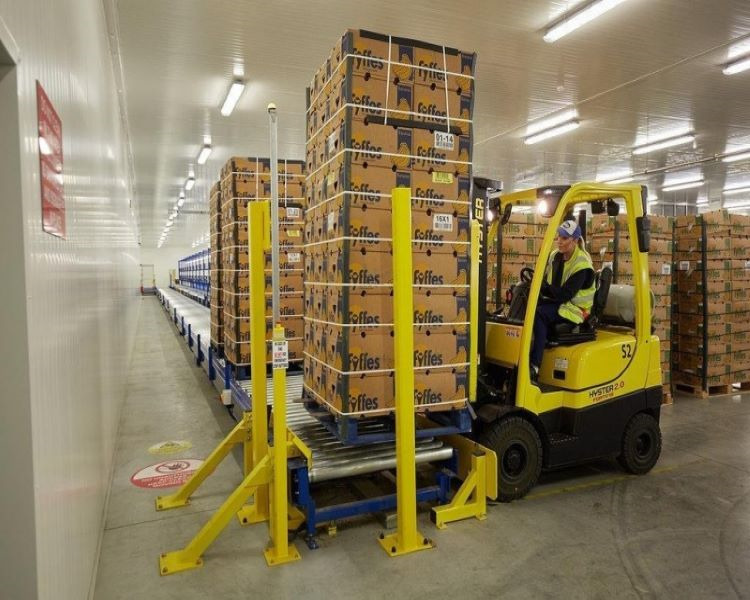
Storage Conditions
Optimum product storage temperature: 8.0°C
Temperature set point: 8.0°C
Add a margin for uncertainty in equipment performance if necessary
For return air control set point add 1 °C to delivery set point.
Ventilation (air exchange) settings for containers
for 20′ –m3/h
for 40′ –m3/h
Acceptable product temperature at loading into container: 8.0 to 12.0°C
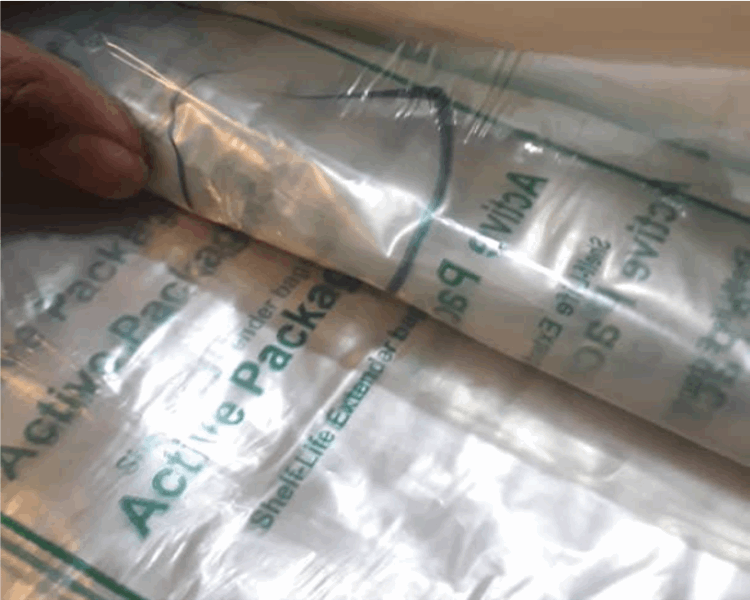
Active Packaging
Required O2: %2-5
Required CO2: %2-5
Ethylene Absorbent: No
Shelf-life extension by Active Packaging: +50days
Bag Size: 85 cm * 75 cm (WL); 20 cm 35 cm (WL)
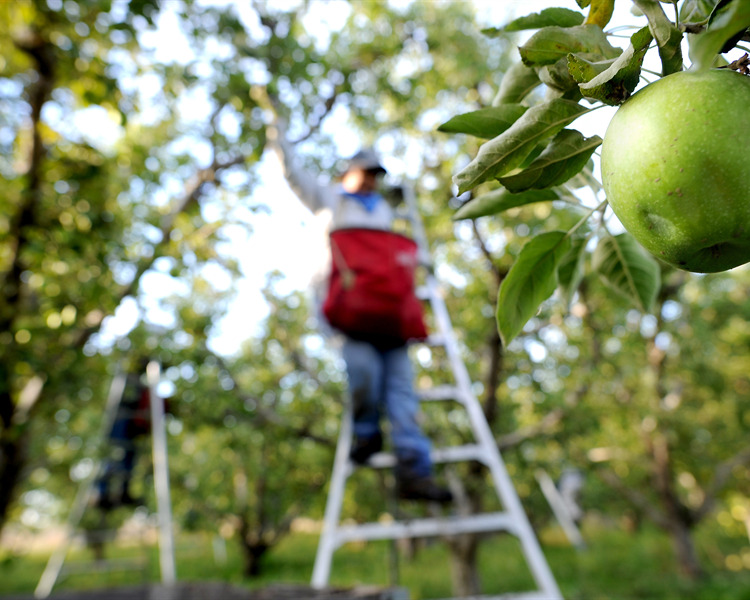
Postharvest Protocols
Gentle Handling
Hot water dips of peppers can effectively control botrytis rot in 55°C water for 4 minutes

Herbs
Optimum product storage temperature: 1.0°C
Storage time (without Active Packaging): 5 days
Humidity: 95-100%RH
Freezing point: -0.5 ° C
Ethylene production: High
Ethylene sensitivity: High
Ethylene causes yellowing

Storage Conditions
Optimum product storage temperature: 1.0°C
Temperature set point: 1.0°C
Add a margin for uncertainty in equipment performance if necessary
For return air control set point add 1 °C to delivery set point.
Ventilation (air exchange) settings for containers
for 20′ –m3/h
for 40′ –m3/h
Acceptable product temperature at loading into container: 1.0 to 7.0°C

Active Packaging
Required O2: %1-5
Required CO2: %5-15
Ethylene Absorbent: Yes
CO2 emitter: Yes (but are not beneficial for basil)
Shelf-life extension by Active Packaging: +10days
Bag Size: 85 cm * 75 cm (W*L)
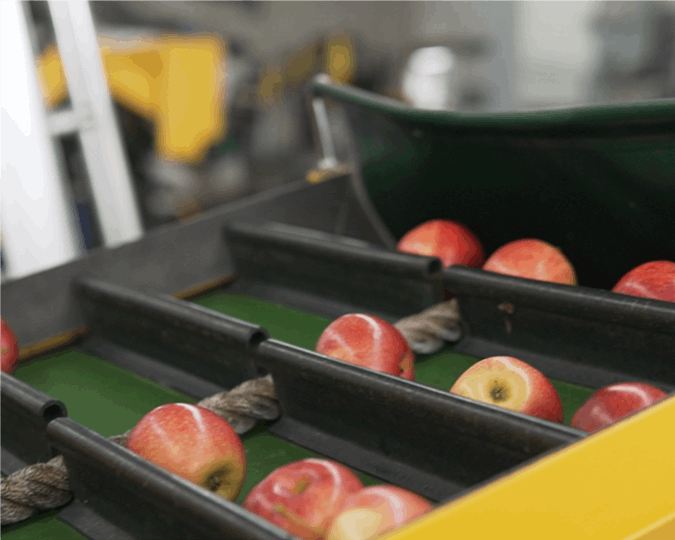
Postharvest Protocols
Rapid cooling and low temperature storage reduce development of bacterial soft-rots
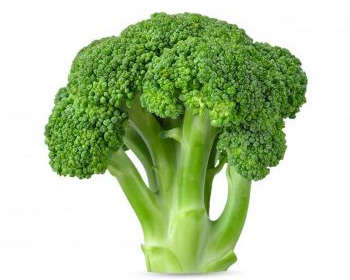
Broccoli
Optimum product storage temperature: 1.0°C
Storage time (without Active Packaging): 21 days
Humidity: 95-100%RH
Freezing point: -0.5 ° C
Ethylene production: Very low
Ethylene sensitivity: High

Storage Conditions
Optimum product storage temperature: 1.0°C
Temperature set point: 1.0°C
Add a margin for uncertainty in equipment performance if necessary
For return air control set point add 1 °C to delivery set point.
Ventilation (air exchange) settings for containers
for 20′ 60 m3/h
for 40′ 120 m3/h
Acceptable product temperature at loading into container: 1.0 to 5.0°C

Active Packaging
Required O2: %1-3
Required CO2: %5-15
Ethylene Absorbent: Yes (recommended)
CO2 emitter: Yes (recommended)
Shelf-life extension by Active Packaging: +30 days
Bag Size: 85 cm 75 cm (WL); 30 cm * 40 cm (WL)
This packaging controls inside packaging’s gas composition, i.e. O2, CO2, Ethylene and Humidity as well as microbial growth. Controlling the atmosphere inside the packaging induces shelf-life extension and provide more fresher foods and agricultural products. In fact, utilizing these packaging as a controlled atmosphere agent can reduce the fresh produce waste during storage and transport, significantly. Consequently, longer distance transport will be possible.
Iceless broccoli packaging as an active packaging can be used for packaging of Broccoli without using polystyrene foam box and ice. Shelf-life of the Broccoli can be extend up to 30 days at 1 oC, much more shelf-life in comparison with Broccoli packed in polystyrene foam box filled with ice. This iceless packaging bags employed nanotechnology to induce controlled atmosphere inside the packaging.
More freshness and shelf-life for broccoli (30 days shelf-life)
Humidity modifier and anti-fog
Microbial growth inhibitor
No need for polystyrene foam box filled with ice (Iceless)
Twice capacity of broccoli loading on truck container
Less transit cost because of emitting ice and polystyrene foam box
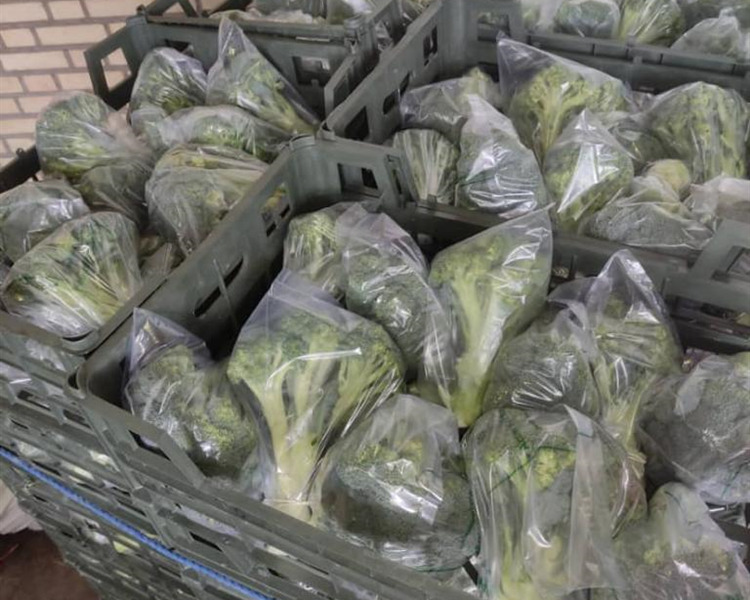
Postharvest Protocols
Not compatible with fresh produces that emit ethylene gas
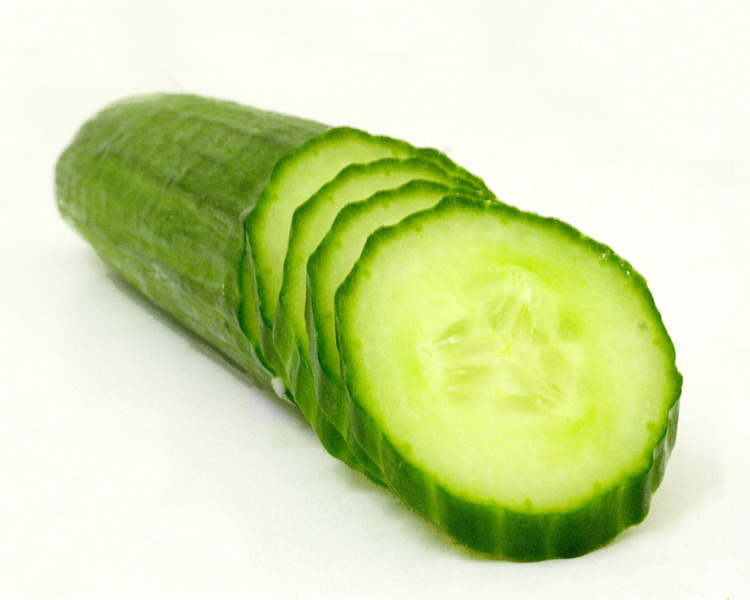
Cucumber
Optimum product storage temperature: 10.0°C
Storage time (without Active Packaging): 10-14 days
Humidity: 90-95 %RH
Freezing point: -0.5 ° C
Ethylene production: Low
Ethylene sensitivity: High

Storage Conditions
Optimum product storage temperature: 10.0°C
Temperature set point: 10.0°C
Add a margin for uncertainty in equipment performance if necessary
For return air control set point add 1 °C to delivery set point.
Ventilation (air exchange) settings for containers
for 20′ 30 m3/h
for 40′ 60 m3/h
Acceptable product temperature at loading into container: 10.0 to 15.0°C

Active Packaging
Required O2: %3-5
Required CO2: %1-5
Ethylene Absorbent: No
Shelf-life extension by Active Packaging: +13days
Bag Size: 85 cm * 75 cm (W*L)

Postharvest Protocols
Harvest Conditions
– Harvest Time
Days from flowering to harvest ranges from about 55 to 60 days. It is typically harvested at an immature stage, and before the seeds begin to enlarge and harden. Cucumber should be harvested in early morning or after sunset. It’s worth to state that the cucumber should not store under sun light before packaging and refrigerating.
– Harvest Method
It should be cut by a knife from vine. . Pulling from the plant may damage brittle vines. Cotton gloves should be worn during harvest to protect the picker’s hands against injury. It is better to harvest the cucumber with its intact flower.
Pre-Packaging
– Precooling
Rapid cooling, primarily to reduce water loss, soon after harvest is very helpful for optimal postharvest keeping quality. The precooling endpoint is typically 10°C.
– Cleaning
Should be cleaned prior to packing to remove any dust, dirt, or stains.
– Conditions
It should be dry, firm, and free from decay, insect damage and mechanical injury.
– Packing
The specific bag for cucumber should be utilized.
well-ventilated fiberboard cartons or plastic gasket is needed.
Package weight is typically 5 to 6 kg.
The cucumber should be laid flat and oriented horizontally along the same plane inside the carton.
Bags must be sealed either by heat seal or tie wrap or simply tied.
Storage
The optimum temperature for storage is 10 C (NOT below 7 C). Storage of exportable cucumber in Active Packaging is generally up to 25 days.

Eggplant
Optimum product storage temperature: 10.0 to 12.0°C
Storage time (without Active Packaging): 14 days
Humidity: 90-95 %RH
Freezing point: — ° C
Ethylene production: Low
Ethylene sensitivity: High

Storage Conditions
Optimum product storage temperature: 10.0 to 12.0°C
Temperature set point: 12.0°C
Add a margin for uncertainty in equipment performance if necessary
For return air control set point add 1 °C to delivery set point.
Ventilation (air exchange) settings for containers
for 20′ – m3/h
for 40′ – m3/h
Acceptable product temperature at loading into container: 12.0 to 15.0°C

Active Packaging
Required O2: %3-5
Required CO2: %1-7
Ethylene Absorbent: Yes
Washing solution: Yes
Shelf-life extension by Active Packaging: +12days
Bag Size: 85 cm 75 cm (WL); 20 cm * 33 cm (WL)

Postharvest Protocols
Eggplant cannot withstand stacking in bulk containers
Rapid cooling
Washing with Show More
Harvest Conditions
– Harvest Time
Days from flowering to harvest
ranges from about 10 days for small fruit to
about 4 weeks for large fruit. It is typically
harvested at an immature stage, when it
recovers the indentation mark and before the
seeds begin to enlarge and harden. Fruit
should be harvested when it is firm, fully
formed; glistening, and the seeds and pulp
are white.
– Harvest Method
It should be harvested by cutting the
tough stem of the fruit with a sharp clippers rather than tearing it off the plant. The
calyx or cap should be fresh and green in
appearance and left attached to the fruit. The
length of the stem should be cut short (2.5 cm)
to avoid puncturing of adjacent fruit. Cotton
gloves should be worn during harvest to protect
the picker’s hands against injury from spines on
the calyx and to minimize fruit damage.
Pre-Packaging
– Precooling
Rapid cooling, primarily to reduce
water loss, soon after harvest is essential for
optimal postharvest keeping quality. The
precooling endpoint is typically 10°C.
Forced-air cooling is the most effective
practice. Room cooling after washing or
hydro cooling is the most common practice.
– Cleaning
Should be cleaned prior to packing to
remove any dust, dirt, or stains. The fruit
can be cleaned by washing in chlorinated
water (150 ppm free chlorine with pH 6.5)
or wiping with a damp cloth.
– Waxing
food grade wax is recommended. It
increases the shine of the skin and reduces
chafing and abrasion injury from the rubbing
of adjacent fruit during transport.
– Conditions
It should be dry, firm, and free from
decay, insect damage and mechanical injury.
The calyx and stem should be fresh and
green. Fruit should not have surface scars
exceeding 4 cm (1.5 inches) in length.
Packing
The specific bag for eggplant should be
utilized. The best is when each fruit is
packaged individually then in strong,
well-ventilated fiberboard cartons. Package
weight is typically 9 to 11 kg (20 to 23 lb),
containing 18 to 24 fruit per carton. The
fruit should be laid flat and oriented
horizontally along the same plane inside the
carton.
Bags must be sealed either by heat seal or tie
wrap or simply tied.
Storage
The optimum temperature for storage is 10-
12 °C. Storage of exportable eggplant in
Active Packaging is generally up to 20 days.
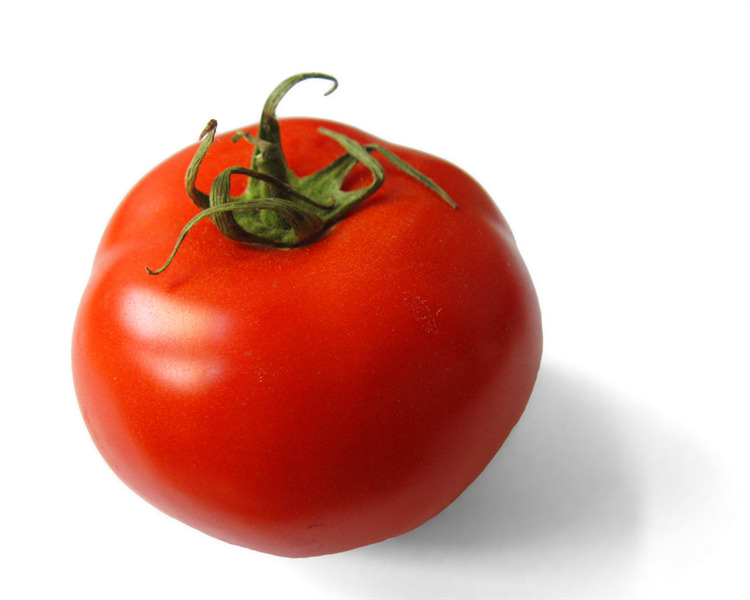
Tomato
Optimum product storage temperature: 12.0°C
Storage time (without Active Packaging): 3-5 days
Humidity: 90-95 %RH
Freezing point: -1.0 ° C
Ethylene production: Very high
Ethylene sensitivity: High

Optimum product storage temperature: 12.0°C
Temperature set point: 12.0°C
Add a margin for uncertainty in equipment performance if necessary
For return air control set point add 1 °C to delivery set point.
Ventilation (air exchange) settings for containers
for 20′ – m3/h
for 40′ – m3/h
Acceptable product temperature at loading into container: 12.0 to 15.0°C

Active Packaging
Required O2: %3-5
Required CO2: %2
Ethylene Absorbent: Yes
Shelf-life extension by Active Packaging: +50 days
Bag Size: 85 cm * 75 cm (W*L)

Postharvest Protocols
co-storage or shipment with sensitive commodities, such as lettuce and cucumbers, should be avoided.
Rapid cooling
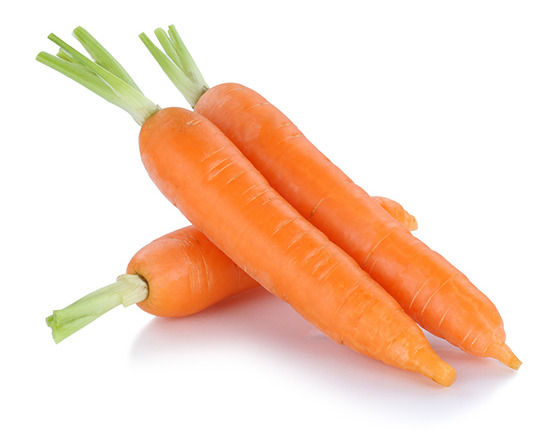
Carrot
Optimum product storage temperature: 1.0°C
Storage time (without Active Packaging): 120-180days
Humidity: 95-100%RH
Freezing point: -1.4 ° C
Ethylene production: Very low
Ethylene sensitivity: High

Storage Conditions
Optimum product storage temperature: 1.0°C
Temperature set point: 1.0°C
Add a margin for uncertainty in equipment performance if necessary
For return air control set point add 1 °C to delivery set point.
Ventilation (air exchange) settings for containers
for 20′ 10 m3/h
for 40′ 15 m3/h
Acceptable product temperature at loading into container: 1.0 to 5.0°C
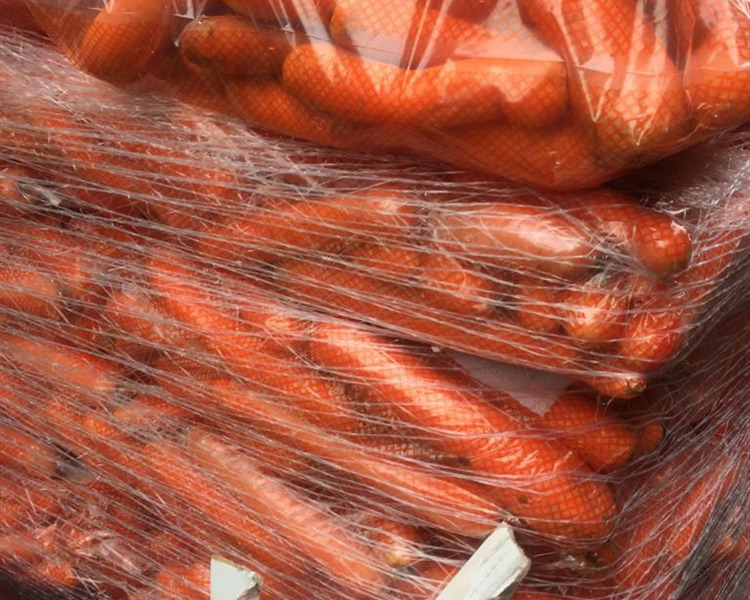
Active Packaging
Required O2: %2-5
Required CO2: %15-20
Ethylene Absorbent: No
CO2 Emitter: Yes
Shelf-life extension by Active Packaging: +75 days
Bag Size: 85 cm * 75 cm (W*L)

Postharvest Protocols
Not compatible with fresh produces that emit ethylene gas
Absorbs odours from Celery
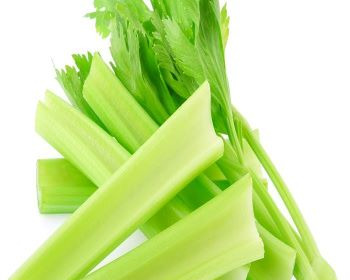
Celery
Optimum product storage temperature: 0.0°C
Storage time (without Active Packaging): 50 days
Humidity: 90-100%RH
Freezing point: -0.5 ° C
Ethylene production: Very low
Ethylene sensitivity: High

Storage Conditions
Optimum product storage temperature: 0.0°C
Temperature set point: 0.0°C
Add a margin for uncertainty in equipment performance if necessary
For return air control set point add 1 °C to delivery set point.
Ventilation (air exchange) settings for containers
for 20′ 60 m3/h
for 40′ 120 m3/h
Acceptable product temperature at loading into container: 0.0 to 5.0°C
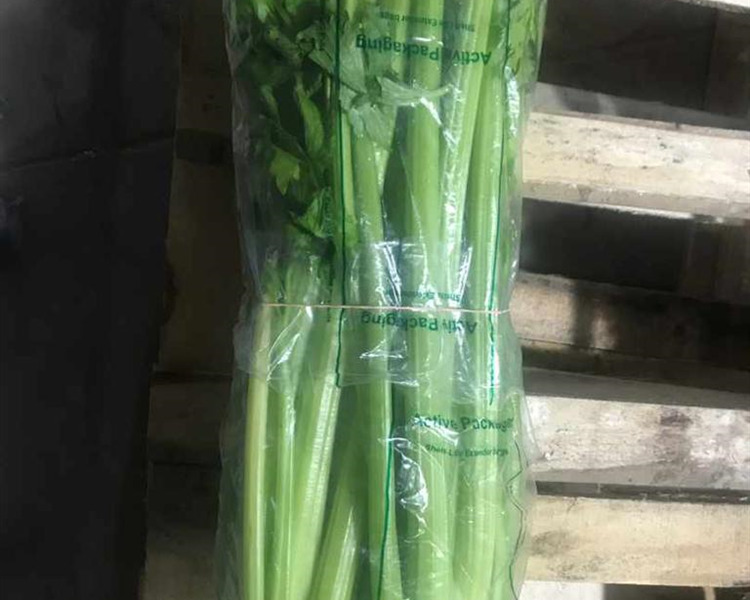
Active Packaging
Required O2: %1-4
Required CO2: %3-5
Ethylene Absorbent: No
CO2 Emitter: No
Shelf-life extension by Active Packaging: +17days
Bag Size: 85 cm * 75 cm (W*L)

Postharvest Protocols
Not compatible with fresh produces that emit ethylene gas
Absorbs odours from Onions, Carrot and Onion
rapidly pre-cooled
Gentle handling
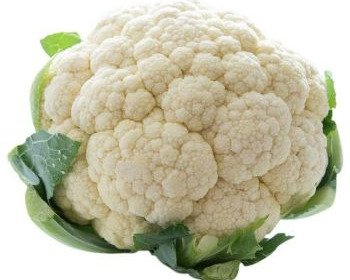
Cauliflower
Optimum product storage temperature: 0.0°C
Storage time (without Active Packaging): 14-28 days
Humidity: 95-98%RH
Freezing point: -0.5 ° C
Ethylene production: Very low
Ethylene sensitivity: High

Storage Conditions
Optimum product storage temperature: 0.0°C
Temperature set point: 0.0°C
Add a margin for uncertainty in equipment performance if necessary
For return air control set point add 1 °C to delivery set point.
Ventilation (air exchange) settings for containers
for 20′ 30 m3/h
for 40′ 60 m3/h
Acceptable product temperature at loading into container: 0.0 to 5.0°C

Active Packaging
Required O2: %2-3
Required CO2: %3-5
Ethylene Absorbent: Yes
Shelf-life extension by Active Packaging: +10days
Bag Size: 85 cm 75 cm (WL); 30 cm * 30 cm (WL)

Postharvest Protocols
Not compatible with fresh produces that emit ethylene gas
Do not mix loads such as apples, melons and tomatoes

Bean
Optimum product storage temperature: 5.0°C
Storage time (without Active Packaging): 7-14 days
Humidity: 90-95 %RH
Freezing point: -0.5 ° C
Ethylene production: Low
Ethylene sensitivity: Medium

Storage Conditions
Optimum product storage temperature: 5.0°C
Temperature set point: 5.0°C
Add a margin for uncertainty in equipment performance if necessary
For return air control set point add 1 °C to delivery set point.
Ventilation (air exchange) settings for containers
for 20′ 30 m3/h
for 40′ 60 m3/h
Acceptable product temperature at loading into container: 5.0 to 7.0°C

Active Packaging
Required O2: %2-3
Required CO2: %3-7
Ethylene Absorbent: Yes
Shelf-life extension by Active Packaging: +10days
Bag Size: 85 cm * 75 cm (W*L)

Postharvest Protocols
Exposure to ethylene at usual storage temperatures causes loss of green pigment and increased browning.
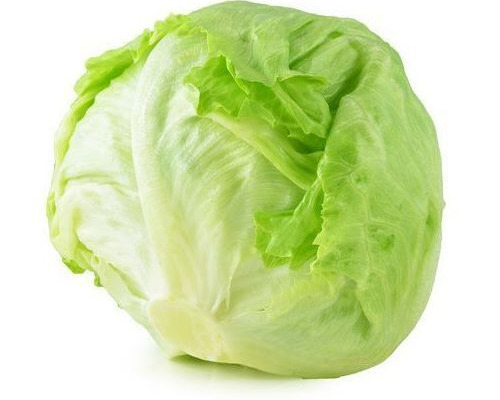
Lettuce
Optimum product storage temperature: 1.0°C
Storage time (without Active Packaging): 21 days
Humidity: 95-100%RH
Freezing point: —° C
Ethylene production: Very low
Ethylene sensitivity: Extremely sensitive

Storage Conditions
Optimum product storage temperature: 2.0 to 4.0°C
Temperature set point: 2.0°C
Add a margin for uncertainty in equipment performance if necessary
For return air control set point add 1 °C to delivery set point.
Ventilation (air exchange) settings for containers
for 20′ 10 m3/h
for 40′ 15 m3/h
Acceptable product temperature at loading into container: 2.0 to 7.0°C

Active Packaging
Required O2: %1-3
Required CO2: %1-3 (more than 10% for cut)
Ethylene Absorbent: Yes
Shelf-life extension by Active Packaging: +15 days
Bag Size: 85 cm 75 cm (WL); 35 cm * 35 cm (WL)
Lettuce packaging as an active packaging can be used for packaging of Iceberg and Romano without using any sachet and washing solutions. Shelf-life of the Lettuce can be extend up to 28 days at 1 oC. This packaging bags employed nanotechnology to induce controlled atmosphere inside the packaging.
More freshness and shelf-life for Lettuce (28 days shelf-life)
Humidity modifier and anti-fog
Microbial growth inhibitor

Postharvest Protocols
cut surface browning occurs more rapidly